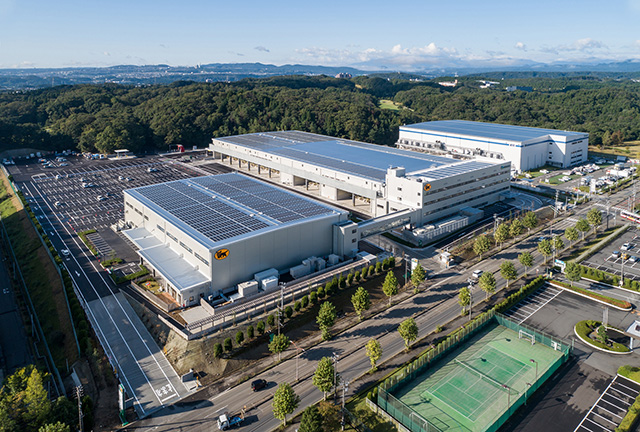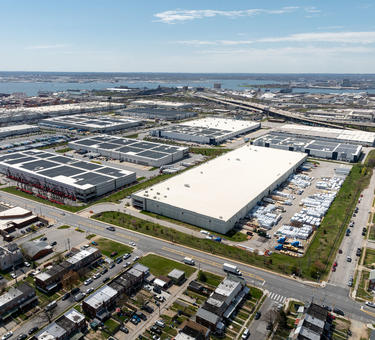Net absorption of only 26 million square feet underperformed the macro climate.4 IBI readings and macro data suggest logistics real estate demand growth should be higher than what was realized in Q1. Two temporary factors are at work:
- The ability of some customers to accommodate business growth in existing networks, illustrated by a lower-than-typical IBI utilization rate during recent months and a rise in sublease space in some markets. This excess capacity will likely be exhausted in the next one to two quarters because the IBI utilization rate rose to 84.8% in April compared to a normal expansionary level of 85%-86%, and growth in sublease space this quarter slowed in all markets, except Southern California and Seattle.
- Delayed decision-making because of economic uncertainty and a focus on cost control: Evidence of this trend includes extensive property tours, longer deal gestation times and delayed occupancy dates, even with a rise in proposal activity.
New deliveries fell 35% in Q1 from the prior quarter as the historic wave of completions winds down. Together with the precipitous fall in new groundbreakings, the construction pipeline decreased by more than half year-over-year. Looking forward, still-tight construction financing and still-high construction costs should keep new supply under pressure through the near term, even as we expect demand growth to improve in the coming quarters.
Conclusion
Logistics market conditions are rebalancing, yielding new growth opportunities for customers in select locations and size categories, after a period of unprecedented scarcity and competition for space. This opportunity could be short-lived, however, given the rapid fall in new supply and leading indicators that suggest an accumulation of pent-up demand. Prologis Research expects the U.S. vacancy rate to peak in the mid-6% range during 2024 and gradually fall to the mid-5% range in 2025. Customers that led the market in securing space during similar past periods are already actively leasing. We continue to recommend advance planning and early action to take advantage of this stage of the logistics real estate mini-cycle.



